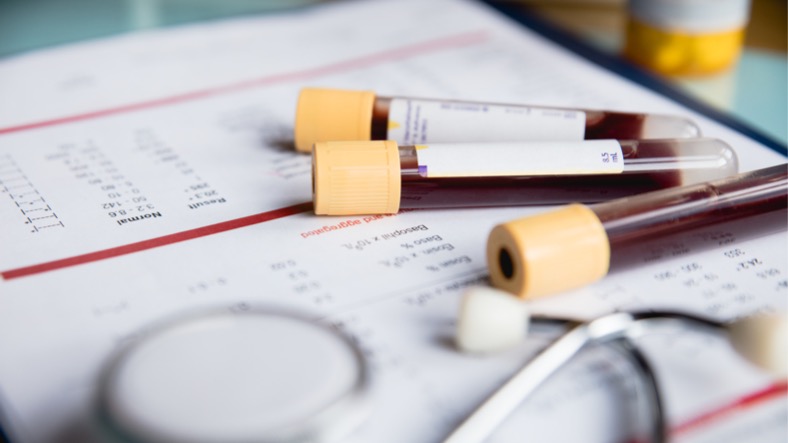Secondary hypertension is a type of high blood pressure caused by an underlying health condition, such as kidney disease or hormonal disorders. Unlike primary hypertension, which develops gradually, secondary hypertension often appears suddenly and can lead to more severe complications if not properly managed. Making lifestyle changes is crucial in managing secondary hypertension, reducing the need for medications, and preventing complications. Below are practical strategies to help control blood pressure through lifestyle modifications.
Key Lifestyle Changes to Manage Secondary Hypertension
Secondary hypertension differs from primary hypertension in that it has a direct and identifiable cause. Common conditions that may lead to secondary hypertension include kidney diseases, adrenal gland tumors, and certain medications. Managing this type of hypertension involves treating the underlying condition and adopting specific lifestyle changes to keep blood pressure levels under control. The following are some essential lifestyle modifications that may help manage secondary hypertension.
Adopting a Heart-healthy Diet
One of the most effective ways to manage secondary hypertension is by adopting a diet that supports heart health. The DASH (Dietary Approaches to Stop Hypertension) diet is highly recommended for individuals with high blood pressure. This diet emphasizes the consumption of:
- Fruits and vegetables: Rich in potassium, which helps balance sodium levels and reduce blood pressure.
- Whole grains: Provide essential nutrients like fiber and magnesium, which are beneficial for heart health.
- Lean proteins: Focus on sources like chicken, fish, and plant-based proteins that are low in saturated fats.
Limiting sodium intake is also crucial. The American Heart Association recommends consuming less than 2,300 milligrams of sodium daily, with an ideal limit of 1,500 milligrams for most adults, particularly those with high blood pressure. Moreover, reducing or avoiding alcohol and caffeine consumption can positively impact blood pressure levels.
Incorporating Regular Physical Activity
Physical activity plays a vital role in managing blood pressure and improving overall cardiovascular health. Regular exercise helps the heart become more efficient at pumping blood, which can reduce the pressure on the arteries. The following types of exercise are beneficial for individuals with secondary hypertension:
- Aerobic exercises: Activities such as walking, cycling, and swimming can lower blood pressure and improve heart health. Aim for at least 150 minutes of moderate-intensity aerobic exercise per week.
- Strength training: Building muscle mass through resistance exercises can help lower blood pressure by making the cardiovascular system more efficient.
- Yoga: This low-impact activity can improve flexibility, strength, and relaxation, all of which are beneficial for individuals with high blood pressure.
Stress Management and Mental Health
Stress can significantly impact blood pressure, and managing it is essential for those with secondary hypertension. Chronic stress leads to the release of hormones that can elevate blood pressure over time. Getting adequate sleep and managing mental health conditions like anxiety and depression are also important components of stress management. Effective stress management techniques include:
- Mindfulness meditation: Practicing mindfulness can help reduce stress and lower blood pressure. Studies have shown that mindfulness-based stress reduction can be effective in reducing hypertension.
- Deep breathing exercises: Slow, deep breathing can activate the parasympathetic nervous system, reducing heart rate and blood pressure.
- Seeking support: Talking to a therapist or joining a support group can help manage stress and improve mental health.
- Engaging in hobbies: Participating in activities that bring joy and relaxation can help reduce stress levels.
The Importance of Monitoring and Regular Check-ups
Monitoring blood pressure regularly at home and maintaining consistent follow-ups with healthcare providers is crucial in managing secondary hypertension. Blood pressure can fluctuate based on various factors, and regular monitoring allows for early detection of any concerning changes. Devices like home blood pressure monitors can help track your progress and provide valuable information to your healthcare provider.
Regular check-ups with a specialist at The Kidney and Hypertension Center ensure that any underlying conditions contributing to secondary hypertension are managed effectively. Your healthcare provider can adjust treatment plans as needed based on your lifestyle changes and blood pressure readings.
Manage Your Hypertension and Protect Your Kidneys
Managing secondary hypertension is crucial for your overall health and well-being. At The Kidney and Hypertension Center, our team of experts is dedicated to helping you navigate your condition with personalized care and comprehensive treatment plans. Don’t wait for your blood pressure to escalate — take the first step toward a healthier future by booking an appointment with us today.




